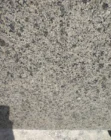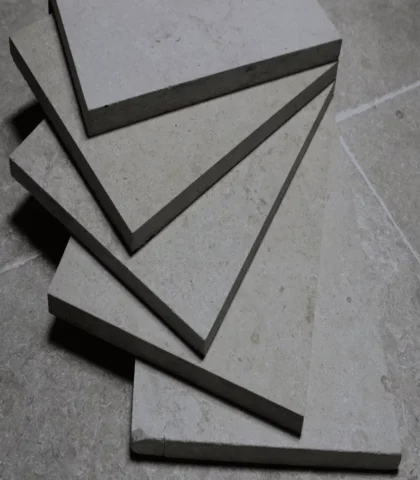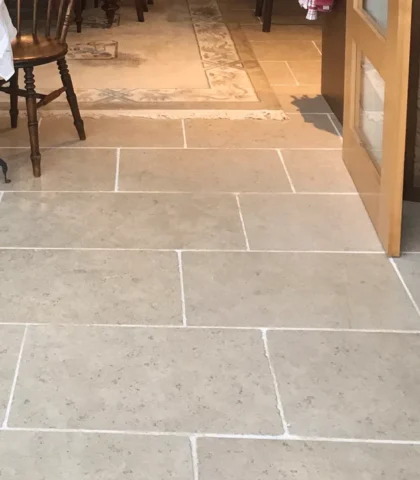Light Verdi Ghazal Granite
The graining of light Verdi ghazal is white and grey. Egyptian quarries produce it.
Egyptian Granite is well-known for its vibrant color range and unrivaled durability.
Light Verdi ghazal is appropriate for both indoor and outdoor settings.
Egyptian granite is a fantastic natural product that gives your house a chic feel.
While maintaining the resilience of one of the hardest natural stone surfaces, granite provides a space with a polished aesthetic. It can be applied to a variety of building projects.
Light Verdi ghazal granite is renowned for having white and light grey graining.
The sturdy natural stone light Verdi ghazal granite paving slabs are perfect for usage in patios and garden areas. The gorgeous granite countertops
There are several shapes and sizes of light Verdi ghazal granite tiles available (small and large). While large tiles are employed in commercial structures, household kitchens often use smaller sizes. It might be a great choice for your floor and countertops.
light Verdi ghazal is suited also for usage in:
- Granite Worktops
- Grey granite worktops
- Granite kitchen countertops
- Fantastic Range of Granite Worktops
- Stairs
- Living room
- Outdoor Landscaping
- Kitchen
- Walls
- Countertops
with different finishes such as (Polished, Unpolished, Split Face, Honed, Sandblasted, Striped, and Flamed), and granite slabs used for cooking surfaces.
It is well-known for its light-rose and white-graining texture, making it suitable for both indoor and outdoor use.
Additionally, it has a lot of benefits, such as:
- Entirely natural beauty
- Luxurious yet practical
- Extremely durable
- Ideal worktop material owing to variety of looks, styles and investment value
- Available in a wide array of colors, thicknesses, and finishes
- Easy maintenance
- Naturally resistant to staining and scratches
- Appropriate for areas used for food preparation
- Distinctive appearance
- Simple to install and clean
- Low maintenance
Granite:
The name “granite” has its roots in the Latin word “granum,” which refers to a coarse grain. They thought that the stone’s distinctive moniker came from its coarse-grained nature.
Granite, the second-hardest natural substance, is somewhat softer than diamond.
They thought that granite was a clear-cut, light-colored volcanic rock with visible granules. Granite is strong enough to support some weight, resistant to abrasion, and inert enough to successfully tolerate weathering. It might also benefit from a superb polish.
It actually happens as magma slowly crystallizes beneath the Earth’s surface. Granite in particular is consistently big, robust, and vast in a subtle sense (i.e., lacking any internal structures). Because of these qualities, granite has been a popular building material throughout human history. It has essentially overtaken wood as the material of choice for contemporary luxury houses and companies due to its timeless beauty and the fact that no synthetic material can now equal its elegance and performance.
Granite is regarded to be the oldest igneous rock in the planet, even though it may have begun to develop gradually as many as 300 million years ago.
The term “plutonic” refers to granite, a rock that forms relatively artistically and deeply underground. The continental crust of the world is largely composed of granite, possibly the majority of it. Since the time of the Ancient Egyptians, granite has been used in construction, which is frequently of great significance.
These qualities made granite slabs the most suitable slabs for kitchen countertops, outdoor pavement, and stair treads.
Egyptian granite:
Egyptian granite was one of the earliest materials that the pharaohs of ancient Egypt carved and used. Because of its distinctive color and hardness compared to other varieties, it was utilized to create Egyptian statues and artefacts.
In granitic rocks, feldspar, quartz, mica, and amphibole make up the majority of the minerals. The lighter-colored minerals are flecked with amphibole (usually hornblende) and biotite mica, which together form a feldspar and quartz matrix that is interconnected and somewhat equigranularity. Depending on their composition, granites can have a dominating color that is either white, pink, grey, or black.














